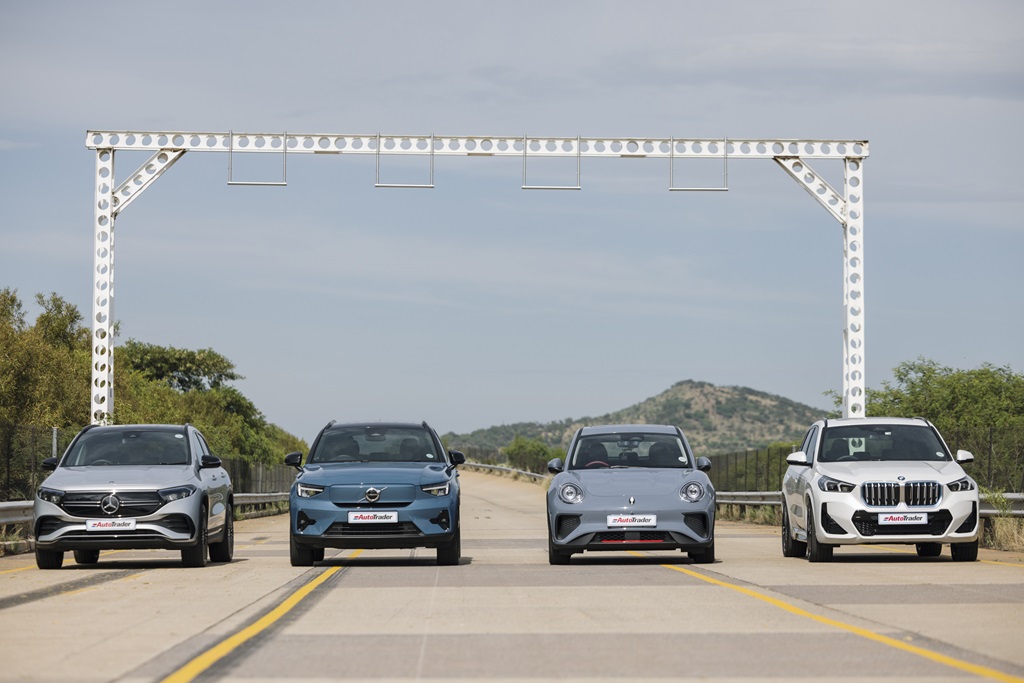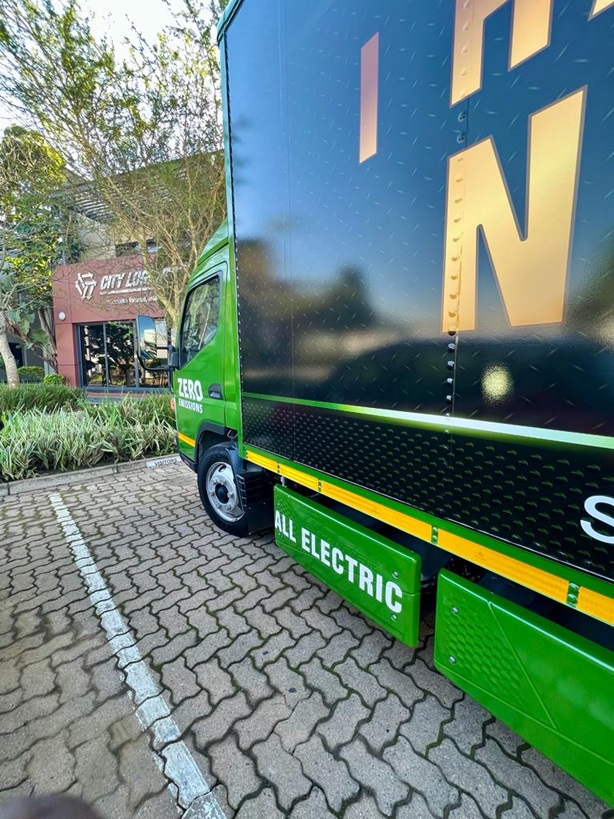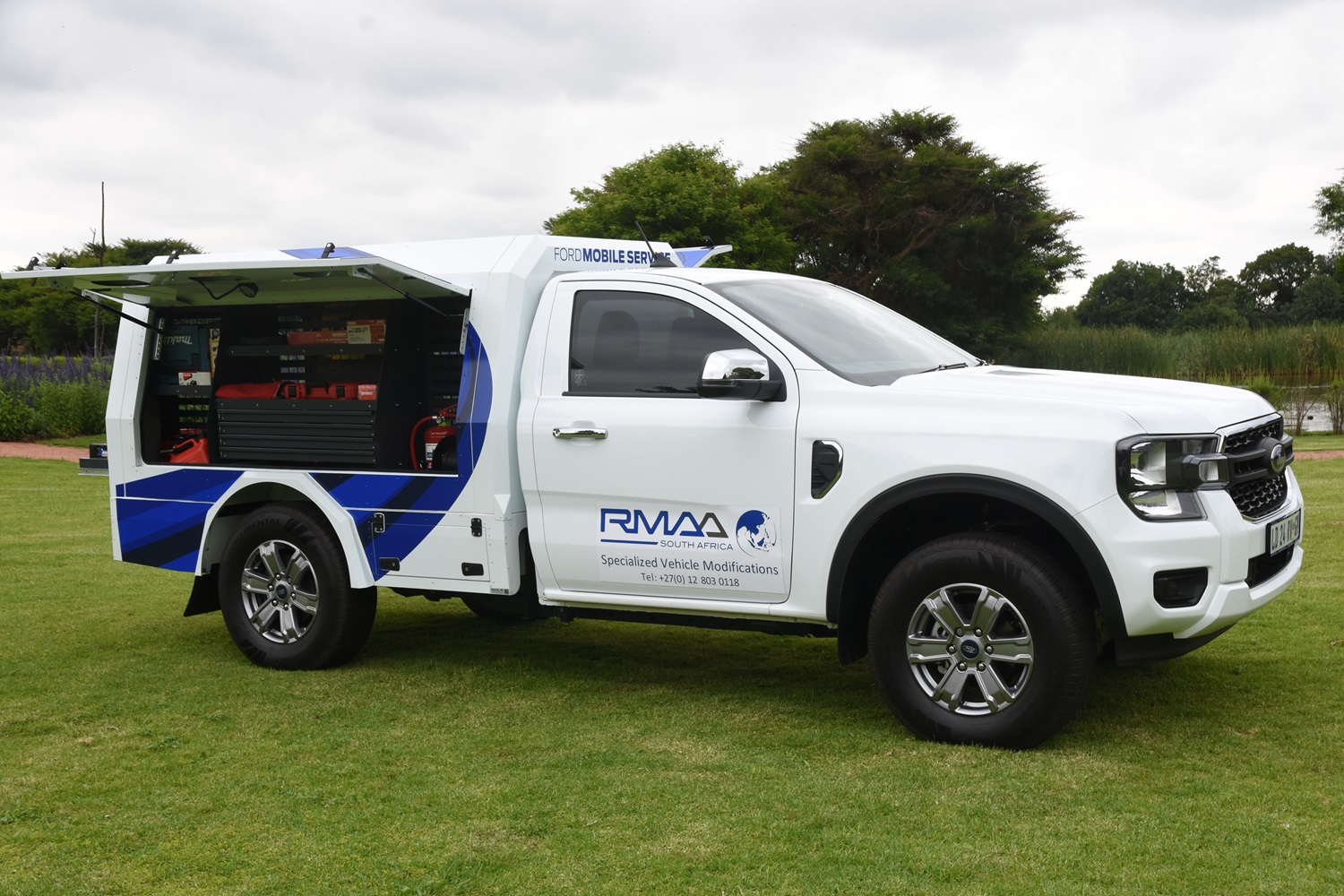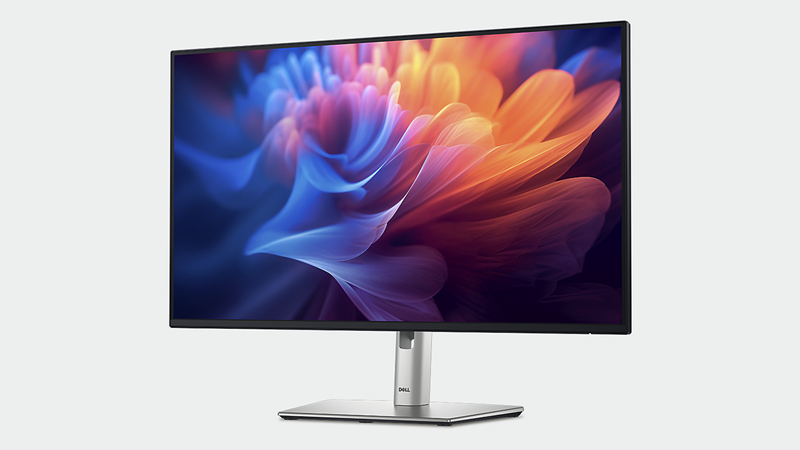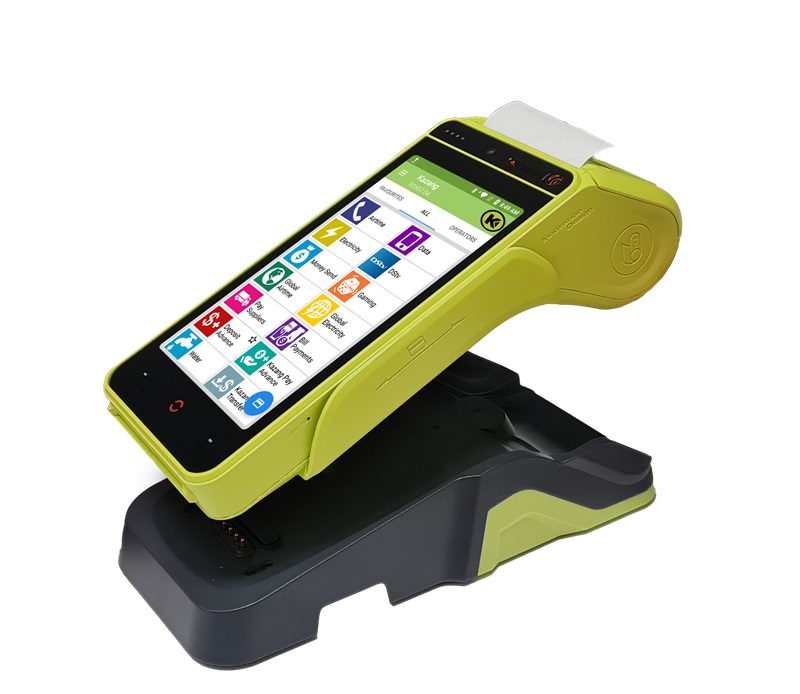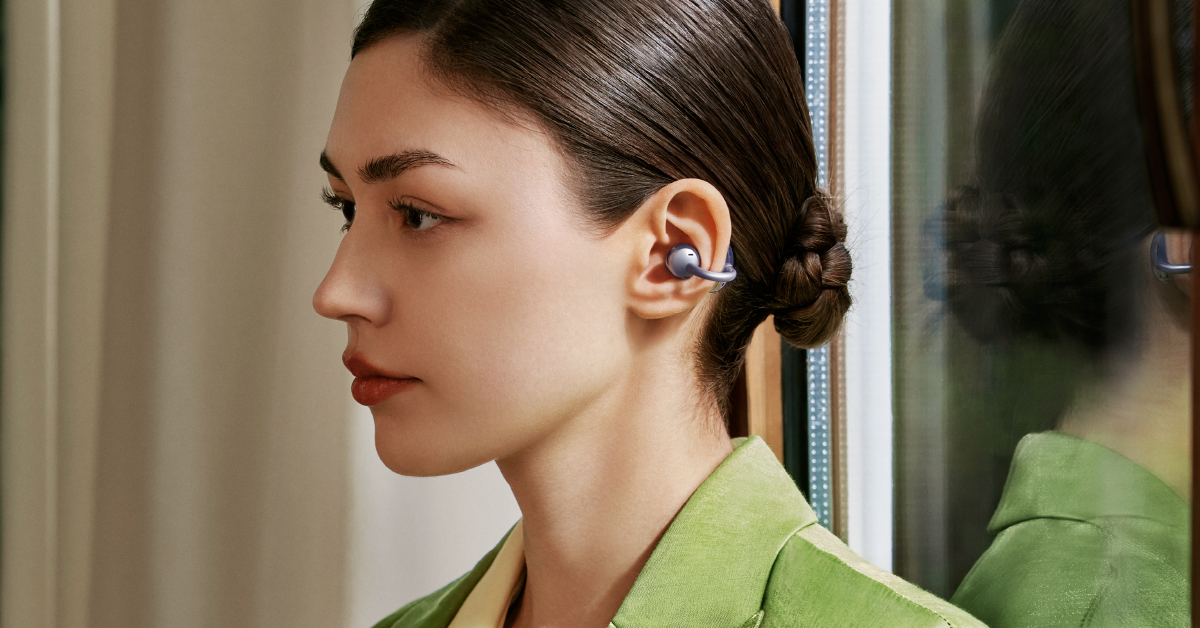Yesterday marked yet another significant milestone for BMW Group South Africa when the last BMW 3 Series Sedan rolled off the production line at BMW Group Plant Rosslyn in Pretoria. The plant has produced a total of 1,191,604 five generations of the BMW 3 Series and will begin a new era of producing the new BMW X3 in the coming months. The BMW 3 Series will continue its current lifecycle and be produced by other plants within the BMW Group production network. In addition, it will now be imported into South Africa.
“We look back with great pride over an extraordinary career path of the production of the five generations of the BMW 3 Series at Plant Rosslyn. Over the years, the development of our production and export programme has been the catalyst for our sustainable growth and contribution to the South African economy. With the imminent production of the new BMW X3, we remain a committed and engaged corporate citizen dedicated to the upliftment of South Africa and its people,” says Tim Abbott, Chief Executive Officer (CEO) of BMW Group South Africa and Sub-Saharan Africa.
In November 2015, BMW Group South Africa reaffirmed its long term commitment to South Africa by announcing that it will invest a total of R6 billion at Plant Rosslyn. The investment – one of the biggest in the local automotive industry – has enabled Plant Rosslyn to get ready to produce the new BMW X3, which will be sold locally and exported to Europe. In October 2017, an additional R160 million was pumped into the Rosslyn manufacturing facility to enhance production line speed.
Stefan Hülsenberg, Director of BMW Plant Rosslyn, says that the enhancement has raised the maximum production capacity by almost 10%, from 71 000 units to 76 000 units, leaving the plant with excellent potential in the future to produce the highest volume ever in its 45-year history. “Plans to create a center of production excellence at our plant are well under way with the largest infrastructure upgrade in the history of the facility now completed and staff upskilled in state-of-the-art technologies. Supplier development and localisation strategies are in progress, and we are confident that the new BMW X3 will be more localised than the BMW 3 Series we’ve produced. We are continuing to build our future together,” Hülsenberg adds.
The BMW 3 Series Sedan is currently produced at BMW Group Plants in Munich, Regensburg, Araquari (Brazil), Chennai (India), Rayong (Thailand) and Mexico (from 2019). It is also produced at the BMW Brilliance Automotive (BBA) Joint Venture in China as well as partner plants in Russia, Malaysia, Indonesia and Egypt.
BMW 3 Series – the legacy of BMW Plant Rosslyn.
One of the key milestones of the BMW 3 Series has been the success in founding the segment of the modern sports sedan, establishing itself as the embodiment of driving pleasure in its segment and becoming the world’s top-selling premium car. South Africans even nicknamed each generation of the BMW 3 Series that was produced at Plant Rosslyn. Limited edition models of the BMW 3 Series such as the BMW 333i and 325iS also emerged from the 45-year old plant.
In June 2015, BMW Plant Rosslyn was awarded the Platinum Plant Quality Award in the J.D. Power 2015 Initial Quality Study (IQS) for producing BMW 3 Series models with the fewest defects or malfunctions. This award made Plant Rosslyn the best plant in the world in the Initial Quality Study 2015 and the second time a BMW plant anywhere in the world won a platinum award in the IQS Study.
The “Gusheshe” – second generation BMW 3 Series.
The second generation of the BMW 3 Series, affectionately known as the “Gusheshe” or “Bhotsotso” in South Africa, was a worthy successor to the trendsetting, bestselling original. Produced at Plant Rosslyn from 1983 to 1992, the new model embodied progress and diversity. A new design, optimised aerodynamics, more space and comfort, extra power and additional body and engine variants were all part of the mix.
The new car’s lines were significantly tauter and smoother than those of its predecessor, and its drag coefficient had been reduced by almost 15 per cent. All model variants, regardless of engine size, were now fitted with twin circular headlights as standard. Although the second-generation 3 Series offered four centimetres of extra legroom inside, its body was actually three centimetres shorter than the previous model. The front indicator lights were relocated from the wing tip into the bumper. The characteristic side view was given a fresh interpretation, while a broader B-pillar painted matt black provided a stronger-looking centre. The 35-millimetre-wider track, meanwhile, gave the new car a muscular appearance. To top it all, the BMW development engineers had shaved around 30 kilograms off the car’s weight – despite its more generous equipment levels.
Two engine derivatives (BMW 333i and 325iS) were built exclusively for the local market. A total of 98,003 third generation BMW 3 Series models were produced at Plant Rosslyn while a total of 2,339,000 have been sold worldwide.
The “Dolphin” – third generation BMW 3 Series.
The third-generation BMW 3 Series – nicknamed “The Dolphin” by South Africans – took to the stage in 1990 with extremely elegant contours and a thoroughly overhauled spread of technology. Produced at Plant Rosslyn between 1992 and 1997, it was available from launch as a four-door for the first time. The body had grown significantly in terms of exterior dimensions to create an even more comfortable and safer passenger compartment, and it offered occupants noticeably more space. Those in the rear, for example, could look forward to 30 millimetres of extra knee room. Despite its increase in size, the car’s basic form also displayed an undeniably sporty edge. The long wheelbase, short overhangs, 1,418-millimetre front track and 1,431-millimetre rear track gave a strong hint of the new 3 Series’ outstanding driving attributes.
A total of 84,876 units were produced at Plant Rosslyn while 2,746,000 were sold worldwide. In 1993, the third generation BMW 316i won the Wesbank / SA Guild of Motoring Journalists (SAGMJ) Car of the Year (COTY) competition.
The “G-String” – fourth generation BMW 3 Series.
In 1998 the fourth generation of the BMW 3 Series set out on the road to the next century riding a wave of stylish continuity and unrelenting technical progress. Nicknamed “The G-String” by South African’s because of the design of its steering wheel, its proportions, lines and stylistic elements represented an expression of sporting elegance and left no doubt that the BMW 3 Series had established itself once and for all as the unmistakable original in its segment. The fourth generation BMW 3 Series, which was produced at Plant Rosslyn between 1997 and 2004, was once again launched in four-door sedan form, and had grown by four centimetres in both length as well as width compared to its predecessor. The BMW kidney grille was now integrated into the bonnet and teamed up with twin circular headlights behind clear covers to give the front end of the car a striking character. The dynamic ability of the new Sedan was accentuated by its stretched lines and more prominently arched roofline. Another signature BMW design feature were the L-shaped rear lights. The car’s interior had also grown to reflect its exterior dimensions. Both the front and rear seats offered more room to move. Knee room in the rear compartment had been increased by 20 millimetres, while 10 millimetres had been added to the available headroom.
The fourth-generation BMW 3 Series benefited more than ever from expertise accumulated during the development of models in higher segments. The interplay of the body and chassis, the car’s interior appointments and its safety concept all took their cues from the BMW 7 Series. The newly designed instrument panel looked modern, well sized and high in quality, and equipment features such as a multifunction steering wheel, side airbags in the rear, rain-sensing wipers and a navigation system set new benchmarks in the segment.
A total of 269,810 were produced at Plant Rosslyn while a total of 3,267,000 were sold worldwide. The fourth generation BMW 320d also won the 2001 Wesbank / SAGMJ COTY competition.
The “Tweezer” – the fifth generation BMW 3 Series.
The fifth generation of the BMW 3 Series – affectionately known as “The Tweezer” by South Africans – celebrated its world premiere at the 2005 Geneva International Motor Show. In what was now the regular running order for model range launches, the four-door Sedan was the first model variant to be introduced. Produced at Plant Rosslyn between 2004 and 2011, its striking appearance – with short body overhangs, dynamic lines and a progressive design language – imbued it with an unmistakable character from day one. The new symbiosis of powerful and efficient engines, dynamic yet refined driving characteristics, eye-catching design (with the familiar BMW use of forms), a spacious body with impressive torsional rigidity and innovative equipment features met with enthusiastic approval around the world. In its first year post-launch, the new BMW 3 Series was awarded the title “World Car of the Year” in New York.
The far more imposing and powerful aura of the new BMW 3 Series Sedan compared to its predecessor was the result of a more striking design and larger dimensions. Indeed, the new car added 49 millimetres in length, 78 millimetres in width and 10 millimetres in height. This all-round growth was used to the benefit of occupant comfort and safety. However, intelligent lightweight design meant that, despite the car’s extra size and equipment, it was no heavier on the scales.
A total of 356,257 units were produced at Plant Rosslyn while 3,102,000 were sold worldwide.
The sixth generation BMW 3 Series
The current, sixth generation of the BMW 3 Series appeared on the market in early 2012. Since then, the alluring array of individual body variants has been extended yet further and, for the first time, split into two model ranges. The BMW 3 Series Sedan was joined by the BMW 3 Series Gran Turismo, while the mid-size model portfolio now also numbers the BMW 4 Series Coupe, BMW 4 Series Convertible and BMW 4 Series Gran Coupe.
Produced at Plant Rosslyn from 2012 to date, the market launch of the new BMW 3 Series Sedan signalled yet another raft of innovations for the mid-size segment in terms of drivetrain, chassis and safety as well as driver assistance systems. The sixth-generation BMW 3 Series Sedan was, for example, the first vehicle in this segment to offer an 8-speed Steptronic transmission. Likewise new and unique among the competition was the BMW Head-Up Display, which projects driving-related information onto the windscreen directly in the driver’s field of view. Standard specifications for the BMW 3 Series now also included the Driving Experience Control switch, air conditioning, business navigation, TeleServices as well as Real Time Traffic Information (RTTI) for added convenience. A hands-free tailgate operation was also part of the package, among other features. Enhanced safety came courtesy of the optional Active Protection and Intelligent Emergency Call with automatic vehicle location.
To date a total of 382,658 sixth generation BMW 3 Series models have been produced at Plant Rosslyn while over two million vehicles have been sold worldwide – one in every four BMW 3 Series Sedan sold globally was produced at BMW Group Plant Rosslyn. In 2013, the BMW 320i was a finalist in the Wesbank / SAGMJ Car of the Year Competition.
Plant Rosslyn, the heart of the BMW Group in South Africa.
Production at BMW Group Plant Rosslyn dates back to 1968, when Praetor Monteerders began assembling cars, utilising BMW engines and drive-trains fitted to Hans Glass sheet metal pressed and shipped from Dingolfing in Germany.
In 1973, BMW AG took over full shareholding and established BMW Group South Africa (Pty) Ltd with BMW Group Plant Rosslyn becoming the BMW Group’s first manufacturing facility outside of Germany.
Since then, the BMW Group has been a major investor in South Africa and its people, with BMW Group Plant Rosslyn moving from a limited vehicle-production plant that merely assembled vehicles with a few customisation possibilities for the local market, to a world-class plant, capable of producing highly customised cars for customers across the globe.
For example, the BMW Group was the first original equipment manufacturer (OEM) to adjust its production model to capitalise on exports, before the finalisation of the Motor Industry Development Plan (MIDP) in 1999. Similarly, the BMW Group was the first OEM to announce a new investment in South Africa before the finalisation of this plan’s replacement, the APDP in 2009.
During this period, Plant Rosslyn’s production of the BMW 3 Series and the BMW Group’s investment in South Africa has increased substantially with each new generation as well.
BMW Group South Africa directly and indirectly employs over 40,000 people (associates at the plant and at the national sales organisation, dealer staff and first-tier supplier employees). The company has in recent years been named the number one employer in the automotive industry in the Universum Most Attractive Employer Awards. In addition, the South African Graduate Employers Association (SAGEA) Graduate Recruitment Awards, bestowed the honour of Employer of Choice in the Automotive Industry to BMW Group South Africa in June 2015. The company’s Graduate Development Programme remains highly favoured among graduate trainees.
“Plant Rosslyn is an important part of the BMW Group’s international production network. The success story of BMW Group South Africa continues,” concludes Hülsenberg.
Provided by BMW SA











